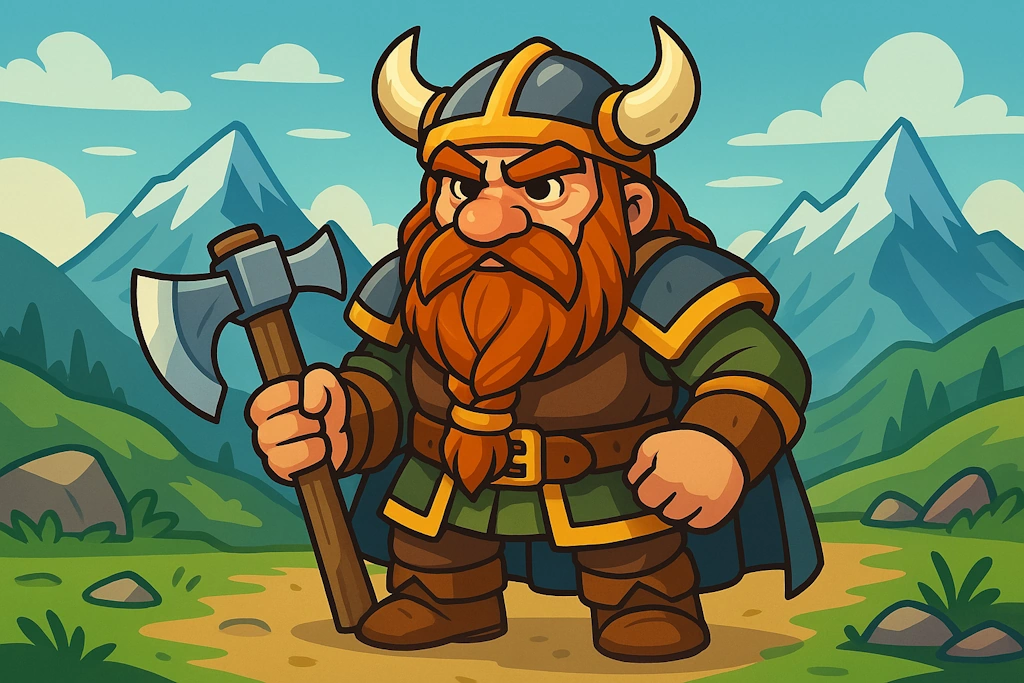Tolkien Dwarves Names
Generate authentic Tolkien-style dwarf names, following the linguistics and naming patterns established in Middle-earth.

Tolkien Dwarves Names
Generate authentic Tolkien-style dwarf names, following the linguistics and naming patterns established in Middle-earth.
Example Tolkien Dwarves Names
Get inspired by these sample results
- Oin Koboldhunter
- Bor Battlecloak
- Fili Cragband
- Nuri Blazingrock
- Frak Bluntbeard
- Nain Lightdale
- Dor Barrelborn
- Thravis Lightsword
- Fradar Darkcask
- Nain Wyvernbiter


